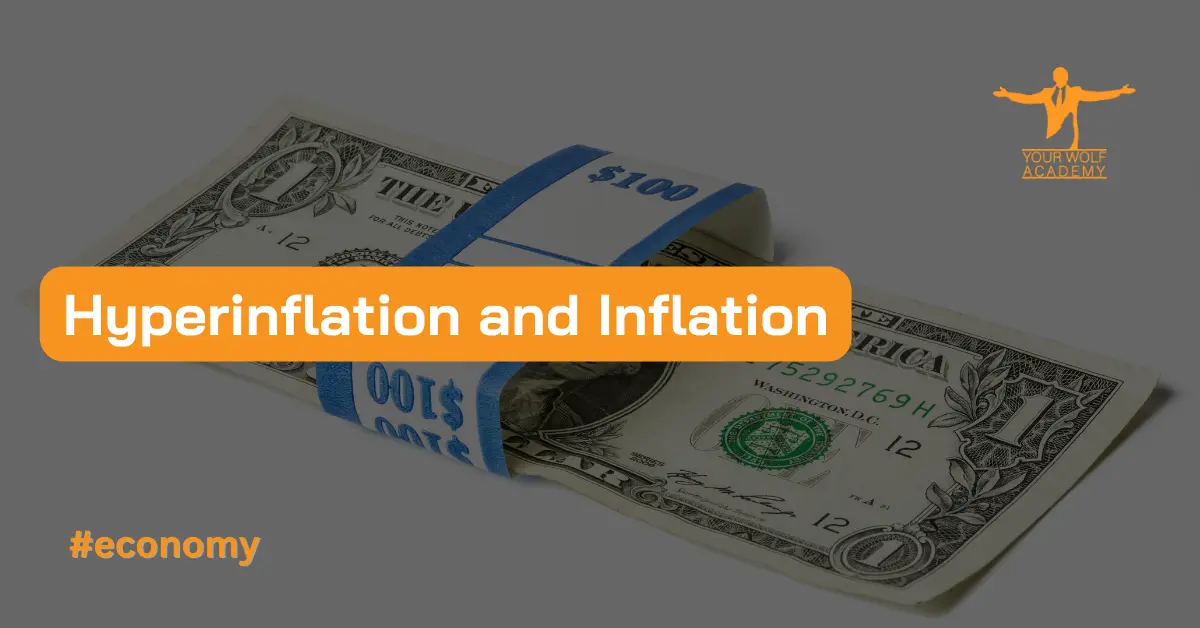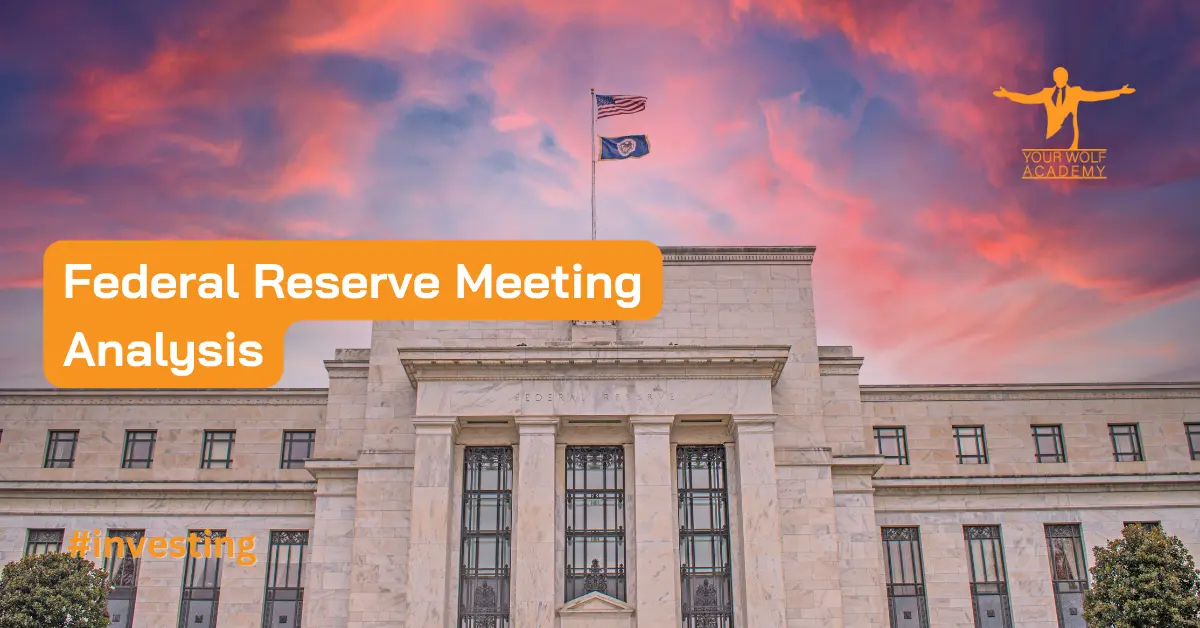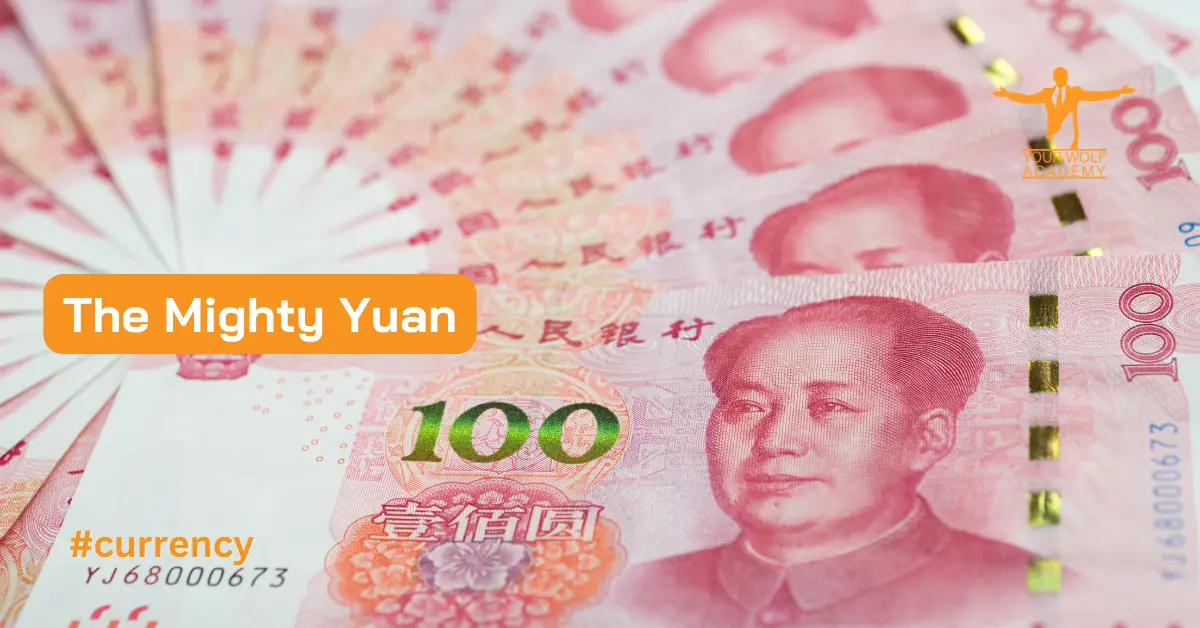Hyperinflation and inflation are two economic terms that can have a significant impact on individuals, businesses, and governments.
Inflation refers to the increase in the general price level of goods and services over a period of time, while hyperinflation is an extreme form of inflation where prices increase at a rapid and uncontrollable rate.
In this article, we will explore the causes, effects, and prevention measures of both inflation and hyperinflation.
Causes of Inflation
Inflation can be caused by various factors, including:
- Increased demand for goods and services – when the demand for goods and services exceeds the supply, prices tend to rise.
- Increase in production costs – when the cost of production increases, producers are likely to pass on the costs to consumers through higher prices.
- Expansionary monetary policy – when the central bank increases the money supply, it can lead to an increase in inflation.
- Decrease in the supply of goods and services – when there is a decrease in the supply of goods and services, it can lead to an increase in prices.
- International factors – inflation can also be influenced by international factors such as exchange rates, import and export tariffs, and global economic conditions.
Causes of Hyperinflation
Hyperinflation is a more severe form of inflation that can have catastrophic effects on an economy. Some of the causes of hyperinflation include:
- Printing too much money – when a government prints too much money, it can lead to hyperinflation as the value of the currency decreases rapidly.
- Wars and conflicts – wars and conflicts can disrupt economic activities and lead to hyperinflation.
- Collapse of the financial system – when the financial system collapses, it can lead to hyperinflation as people lose confidence in the currency.
- Political instability – political instability can also lead to hyperinflation as investors lose confidence in the government and the currency.
Effects of Inflation
Inflation can have various effects on the economy and individuals, including:
- Reduction in purchasing power – when prices increase, the purchasing power of consumers decreases, and they are not able to buy as much as they could before.
- Increase in interest rates – when inflation increases, the central bank may increase interest rates to control inflation, which can lead to an increase in borrowing costs for individuals and businesses.
- Increase in production costs – inflation can also lead to an increase in production costs for businesses, which can result in lower profits and higher prices for consumers.
- Increase in wages – to keep up with inflation, workers may demand higher wages, which can lead to higher labor costs for businesses.

Effects of Hyperinflation
Hyperinflation can have catastrophic effects on an economy, including:
- Collapse of the currency – hyperinflation can lead to a collapse of the currency as people lose confidence in its value.
- Increase in poverty – hyperinflation can lead to an increase in poverty as people are not able to afford basic goods and services.
- Decrease in investment – hyperinflation can also lead to a decrease in investment as investors lose confidence in the economy and the currency.
- Political instability – hyperinflation can also lead to political instability as people lose confidence in the government and the currency.
Prevention Measures of Inflation
Inflation can be controlled through various measures, including:
- Monetary policy – the central bank can use monetary policy tools to control inflation, such as adjusting interest rates and managing the money supply.
- Fiscal policy – the government can use fiscal policy tools to control inflation, such as increasing taxes or reducing government spending.
- Supply-side policies – supply-side policies can help to increase the supply of goods and services, which can help to control inflation.
- Wage and price controls – the government can also impose wage and price controls to prevent prices from rising too quickly.
Prevention Measures of Hyperinflation
Hyperinflation can be prevented through the following measures:
- Sound monetary policy – a sound monetary policy that limits the money supply can help to prevent hyperinflation.
- Fiscal responsibility – governments should be fiscally responsible and avoid printing too much money to finance their spending.
- Political stability – political stability can help to prevent hyperinflation by providing confidence in the government and the currency.
- International assistance – international assistance from organizations such as the International Monetary Fund can help to prevent hyperinflation by providing financial support and advice.
Examples of Hyperinflation and Inflation
There are several examples of countries that have experienced inflation or hyperinflation in the last 10 years. Here are a few examples:
- Venezuela – Venezuela has been experiencing hyperinflation since 2016, with inflation rates reaching over 10,000% in 2019. The hyperinflation has been caused by a combination of factors, including government mismanagement of the economy, falling oil prices, and international sanctions.
- Argentina – Argentina has also been experiencing high inflation rates, with inflation reaching over 50% in 2019. The inflation has been caused by a combination of factors, including government intervention in the economy, high government spending, and a lack of foreign investment.
- Zimbabwe – Zimbabwe experienced hyperinflation in the late 2000s, with inflation rates reaching over 79 billion percent in 2008. The hyperinflation was caused by a combination of factors, including government mismanagement of the economy, political instability, and the use of the Zimbabwean dollar as the official currency.
- Turkey – Turkey has been experiencing high inflation rates in recent years, with inflation reaching over 15% in 2019. The inflation has been caused by a combination of factors, including a weakening currency, high government spending, and political instability.
- Iran – Iran has also been experiencing high inflation rates, with inflation reaching over 50% in 2019. The inflation has been caused by a combination of factors, including international sanctions, government mismanagement of the economy, and falling oil prices.
These are just a few examples of countries that have experienced inflation or hyperinflation in the last 10 years. Inflation and hyperinflation can have severe consequences for the economy and the people living in the affected country.
It is crucial for governments to take measures to prevent and control inflation to ensure the stability and prosperity of their economies.
Conclusion
Inflation and hyperinflation are economic phenomena that can have a significant impact on individuals, businesses, and governments. Inflation is a general increase in prices, while hyperinflation is an extreme form of inflation that can lead to catastrophic consequences.
The causes of inflation and hyperinflation differ, as do their effects and prevention measures. Governments and central banks have various tools at their disposal to control inflation and prevent hyperinflation, but it requires careful management of the economy and political stability.
Your Wolf Academy offers a range of educational resources to help traders succeed, including free signals, technical analysis, and weekly webinars. Sign up today and get a recommendation for a regulated brokerage company that suits your needs.


